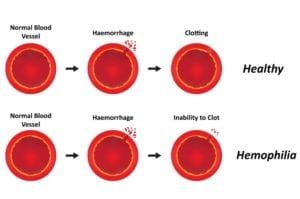Pyeloplasty is a surgical procedure used to eliminate urinary blockages where the ureters and kidneys meet. During a pyeloplasty, the affected area is removed and the normal areas of the ureters and kidneys reconnected. Traditional surgery requires a large, open incision for the procedure, but a da Vinci ® pyeloplasty operation is performed with just a few small incisions on the abdomen that are less than half an inch each. Minimally invasive robotic-assisted pyeloplasty offers patients a shorter recovery period, reduced pain, and less risk of post-surgical infection.
Did you know…
that urinary obstructions are the most common cause of acute renal failure? They occur in both genders, although men are at higher risk for blockages than women are. Obstructions within the urinary tract may form congenitally, or they may develop due to narrowing or scarring of the ureter. Left untreated, urinary blockages can damage the kidneys and cause pain, nausea, infections, and the development of kidney stones.
Frequently Asked Questions
Am I a candidate for a da Vinci ® pyeloplasty?
You may be a candidate for da Vinci ® pyeloplasty if you have a urinary blockage that needs surgical removal. Ask your urologist about minimally invasive da Vinci ® pyeloplasty and whether it is right for you.
What should I expect during a robot-assisted pyeloplasty procedure?
You will be fully sedated for the duration of your surgery. Your surgeon will have complete control over the da Vinci ® system throughout your procedure. Da Vinci’s specialized instruments will operate via a few tiny incisions based on the movements and commands of your surgeon. Da Vinci is designed to respond to your surgeon’s commands with precision – compensating for human errors, such as an unsteady hand.
How long will it take to recover from this surgery?
You will remain in the hospital for about a day after your surgery, after which time you will be released to go home to finish your recovery. Pain management options will be available to you, but discomfort is usually significantly less than the pain associated with traditional pyeloplasty surgery. In most cases, patients return to normal activities within just a couple of weeks of surgery.











































































































































































































































































































